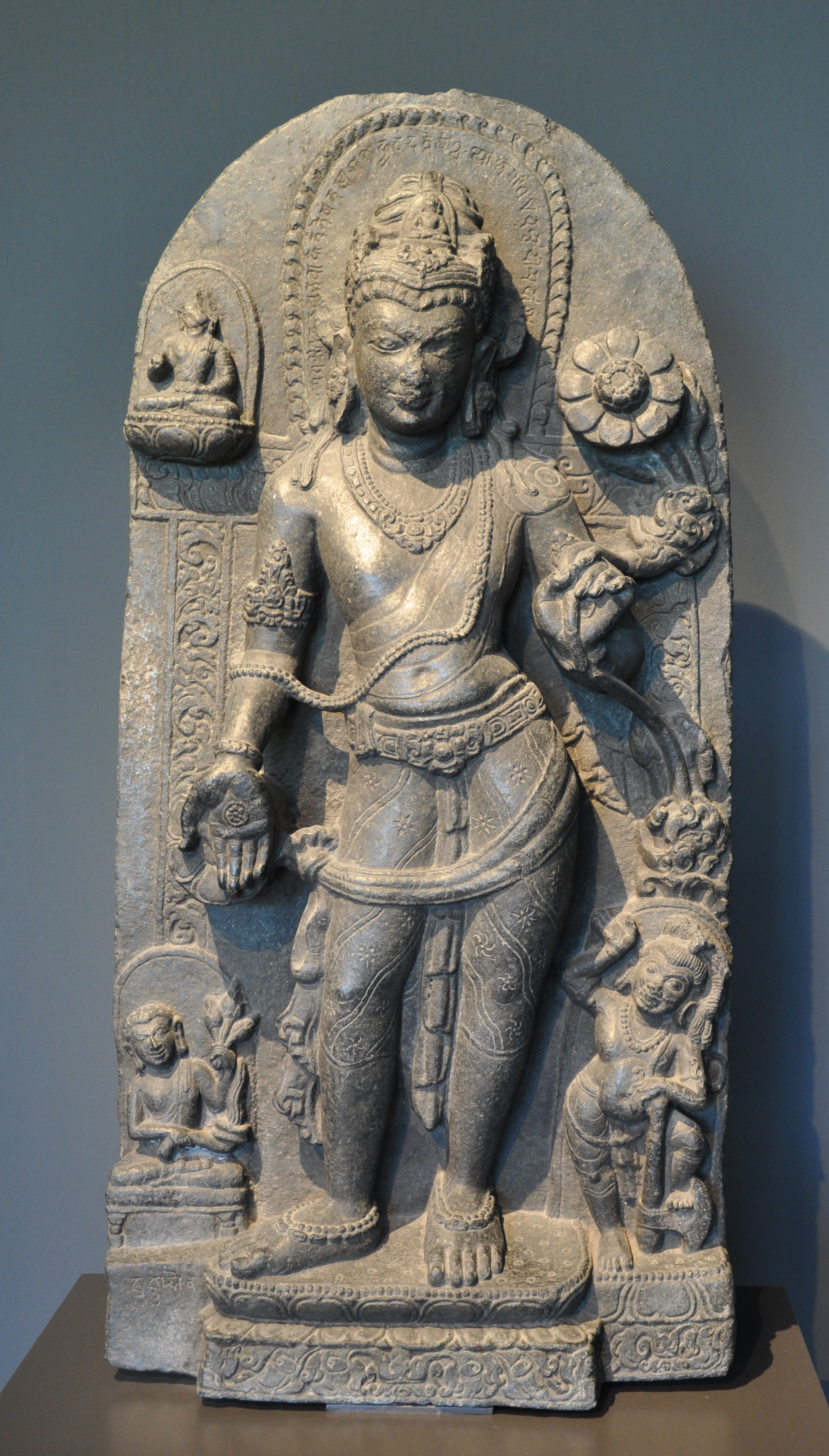Teladhaka on:
[Wikipedia]
[Google]
[Amazon]
Telhara is a village in Ekangarsarai block of
 #
#
Map showing Telhara's location within the Ekangarsarai block
Villages in Nalanda district Buddhist sites in Bihar {{Bihar-geo-stub
Nalanda district
Nalanda district is one of the thirty-eight districts of the state of Bihar in India. Bihar Sharif is the administrative headquarters of this district. The districts contain the ancient Nalanda Mahavihara a UNESCO World Heritage site. Nalanda i ...
, in Bihar
Bihar (; ) is a state in eastern India. It is the 2nd largest state by population in 2019, 12th largest by area of , and 14th largest by GDP in 2021. Bihar borders Uttar Pradesh to its west, Nepal to the north, the northern part of West ...
. It is also the site of the Telhara monastery which dates back to the 1st-century CE.
Buddhist monastery
Telhara was the site of aBuddhist
Buddhism ( , ), also known as Buddha Dharma and Dharmavinaya (), is an Indian religion or philosophical tradition based on teachings attributed to the Buddha. It originated in northern India as a -movement in the 5th century BCE, and ...
monastery in ancient India. It has been mentioned as '' Teladhaka'' in the writings of the Chinese traveller Hiuen Tsang
Xuanzang (, ; 602–664), born Chen Hui / Chen Yi (), also known as Hiuen Tsang, was a 7th-century Chinese Buddhist monk, scholar, traveler, and translator. He is known for the epoch-making contributions to Chinese Buddhism, the travelogue of ...
, who visited the place in the 7th century CE. It is mentioned in an inscription found at Nālandā which mentions a temple restored a man named Bālāditya, a Jyāvisa of Telāḍhaka who had emigrated from Kauśāmbī, in the eleventh year of Mahipala
Mahipala (or Mahipala I; ) was a notable king of the Pala dynasty, which ruled over much of the eastern regions of the Indian subcontinent between the 8th and 12th centuries. He was the son and successor of Vigrahapala II. Mahipala's reign mark ...
Deva.
It has been also mentioned in the '' Ain-i-Akbari'' as Tiladah, and is shown as one of the 46 mahals (administrative units) of the Bihar sarkar. Telhara was shown as a pargana in the maps prepared by the East India Company
The East India Company (EIC) was an English, and later British, joint-stock company founded in 1600 and dissolved in 1874. It was formed to trade in the Indian Ocean region, initially with the East Indies (the Indian subcontinent and South ...
administration during 1842–45.
The ruins of Telhara were mentioned in an 1872 letter by A. M. Broadley, the then Magistrate of Nalanda. Broadley noted that a large number of stone and metal images were often found during the digging of graves at the top of one of the mounds. Metal images found were melted down. The State Government of Bihar started a new archaeological excavation of the site in December 2009. The work unearthed ancient pottery, antiques, and the remains of a three-storeyed structure mentioned by Hiuen Tsang. Evidence of prayer halls and residential cells in the monastery have been found. The excavation revealed the following chronological layers:
 #
# Northern Black Polished Ware
The Northern Black Polished Ware culture (abbreviated NBPW or NBP) is an urban Iron Age Indian culture of the Indian Subcontinent, lasting c. 700–200 BCE (proto NBPW between 1200 and 700 BCE), succeeding the Painted Grey Ware culture and Blac ...
(3rd Century BCE)
# Kushan (1st century CE)
# Gupta
Gupta () is a common surname or last name of Indian origin. It is based on the Sanskrit word गोप्तृ ''goptṛ'', which means 'guardian' or 'protector'. According to historian R. C. Majumdar, the surname ''Gupta'' was adopted by se ...
(5th to 7th century CE)
# Pala (7th century to 11th century CE)
A number of sculptures from the site had been moved to museums during the British Raj
The British Raj (; from Hindi ''rāj'': kingdom, realm, state, or empire) was the rule of the British Crown on the Indian subcontinent;
*
* it is also called Crown rule in India,
*
*
*
*
or Direct rule in India,
* Quote: "Mill, who was him ...
. The Indian Museum
The Indian Museum in Central Kolkata, West Bengal, India, also referred to as the Imperial Museum at Calcutta in colonial-era texts, is the ninth oldest museum in the world, the oldest and largest museum in India as well as in Asia. It has rare ...
in Kolkata
Kolkata (, or , ; also known as Calcutta , the official name until 2001) is the capital of the Indian state of West Bengal, on the eastern bank of the Hooghly River west of the border with Bangladesh. It is the primary business, comme ...
houses the Maitreya and the twelve-armed Avalokiteswar images from Telhara. A Pala sculpture from the site is present at the Rietberg Museum in Zurich. Telhara has a mosque, which is said to have been built with the materials carried from the ruins of the Buddhist monastery. One pillar contained an inscription that mentions the place-name Telāḍhaka.
Remains of an ancient university (Mahavihara) on the site were unearthed in 2014.
A small museum named Baladitya Museum has been established to store some of the artifacts found.
Administration
Telhara comes under the administration of the Ekangarsaraigram panchayat
Gram Panchayat () is a basic village-governing institute in Indian villages. It is a democratic structure at the grass-roots level in India. It is a political institute, acting as cabinet of the village. The Gram Sabha work as the general bo ...
. There are 5 census villages in the Telhara area:
# Hajipur
# Khajepura
# Rasulpur
# Telhara
# Telhara Sani
References
External links
Map showing Telhara's location within the Ekangarsarai block
Villages in Nalanda district Buddhist sites in Bihar {{Bihar-geo-stub